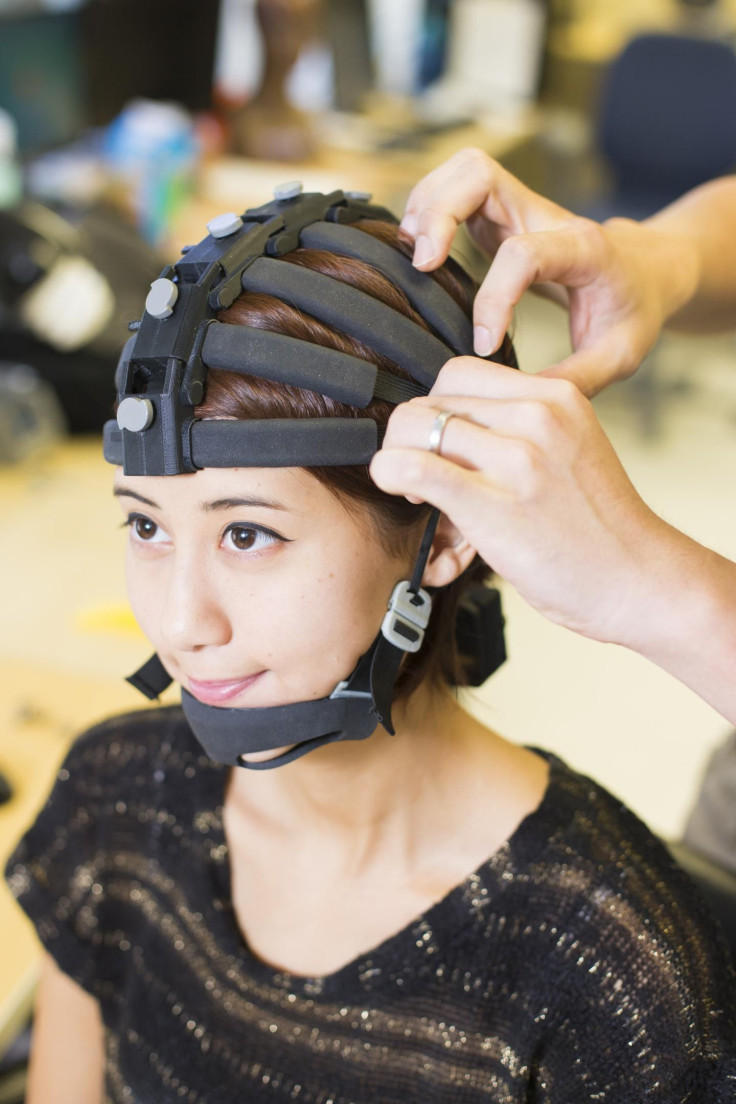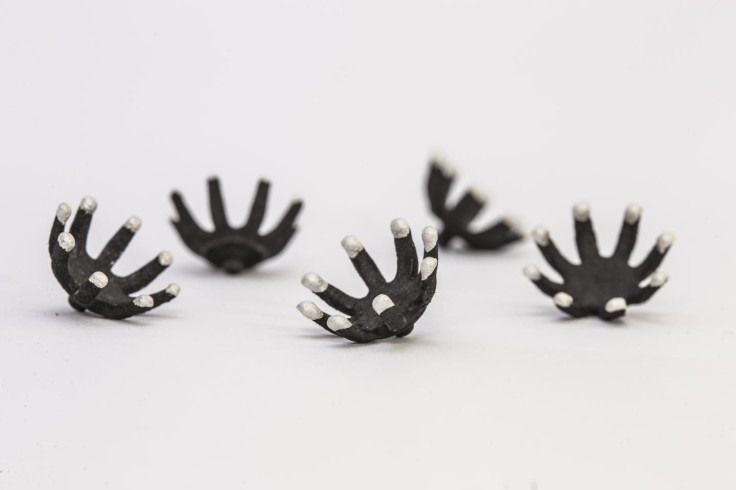Monitoring The Human Brain In Real Life: New Neuroimaging System Allows Scientists To Study Brains Outside The Lab

We may soon enter an era in which our brains can be monitored during our daily lives to keep track of brain activity or to enhance our minds, such as the mood-altering device Thync. Recent research outlines the development of a new brain monitoring headset that can be worn in or outside your home, and scientists believe it may lead to a plethora of other innovations in the arena.
The traditional method of brain monitoring involves a scalp electroencephalography (EEG), in which electrodes are placed on your scalp with gel or paste. This typically occurs in research labs or hospitals, and requires the patient to sit in a chair while the brain’s electrical activity is measured.
Now, researchers have developed a breakthrough EEG machine that is portable and applicable in real life — allowing scientists to measure people’s brain activity while they take walks, sit at home, or even drive cars for the first time. The new system is clasped onto a patient's head with dry EEG sensors, making it easier to wear while moving around. The headset arms are elastic and flexible, allowing the device to fit comfortably on different-sized heads. It captures data that is then analyzed by software, separating the brain signals from other noise in the EEG data.


The goal of the new system is to pioneer an era where EEGs and other neuroimaging techniques can be integrated more seamlessly into daily life — possibly on smartphones — and monitor brain states throughout the day.
“This is going to take neuroimaging to the next level by deploying on a much larger scale,” said Mike Yu Chi, the CTO of Cognionics, the company that developed the new EEG, in a press release. “You will be able to work in subjects’ homes. You can put this on someone driving.”
The Future Of Neurological Therapies
The researchers hope the system will pave the way for a new future of therapy for neurological disorders, where portable EEGs will help create new, safe, and effective ways to treat conditions.
“We will be able to prompt the brain to fix its own problems,” said Gert Cauwenberghs, a bioengineering professor at the Jacobs school, in the press release. “We are trying to get away from invasive technologies, such as deep brain stimulation and prescription medications, and instead start up a repair process by using the brain’s synaptic plasticity.”
As the technology improves, brain monitoring and neuroimaging has begun to transform into an entrepreneurial industry where start-ups like Cognionics are developing new headsets as well as software that interprets data and applies it. Researchers have already found ways to incorporate brain- and mood-tracking devices into daily life, such as the Healthy Aging Brain Center Monitor, which helps elderly patients track their depression and dementia symptoms through self-reporting. Other researchers developed a brain impact that could help track and predict seizures. But the Cognionics headset is the first to offer flexible, complex EEG tracking in daily life activities.
Before the Cognionics headset can be used in real life, the researchers are planning on tweaking a few things to improve its flexibility and its efficacy in motion — while someone is walking or running, for example.
“This study addresses a need for robust real-time measurement and interpretation of complex brain activity in the dynamic environment of the wearable setting,” the researchers concluded in the paper. “Such advantages can have broad impact in research, medicine, and brain-computer interfaces.”
Source: Mullen T, Kothe C, Chi Y, Ojeda A, et al. Real-time neuroimaging and cognitive monitoring using wearable dry EEG. IEEE Transactions on Biomedical Engineering. 2016.



























